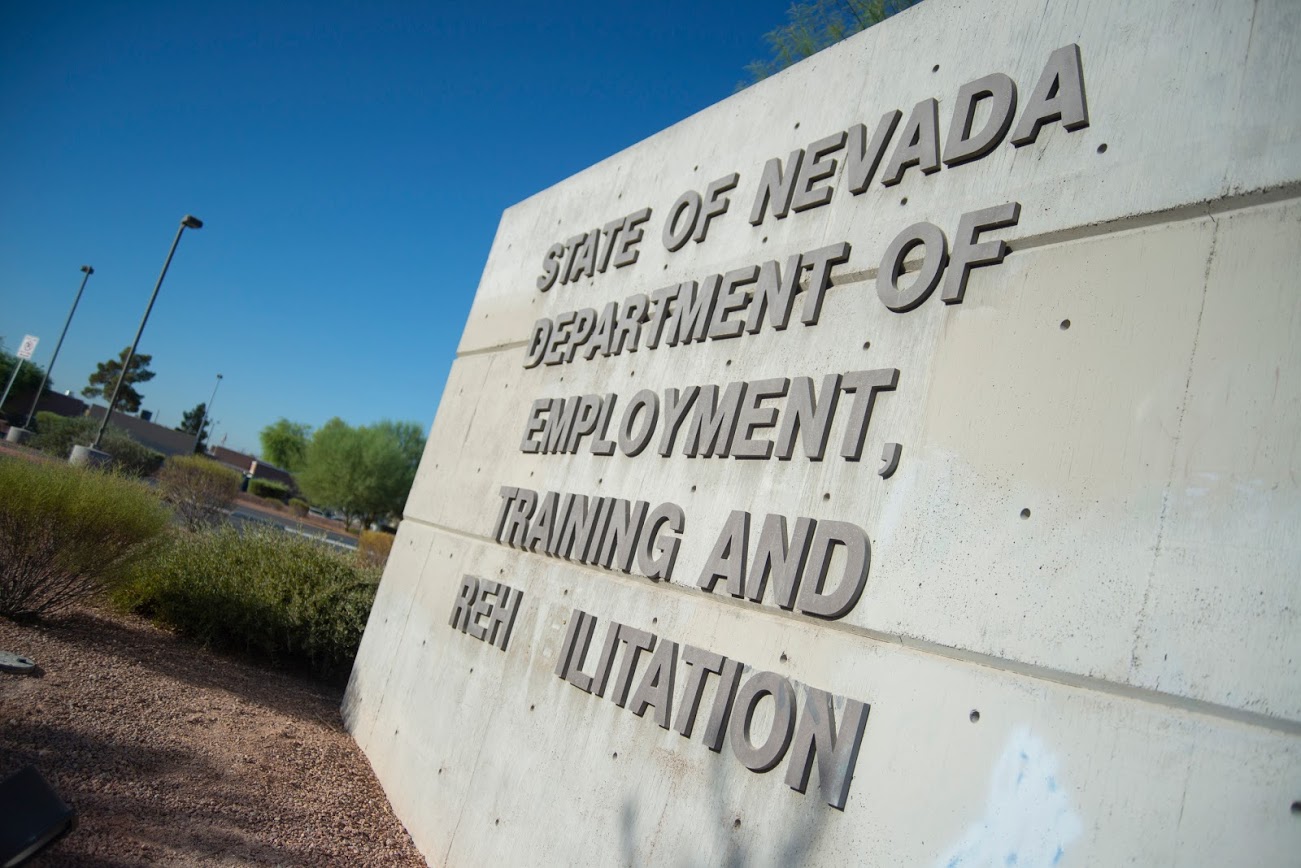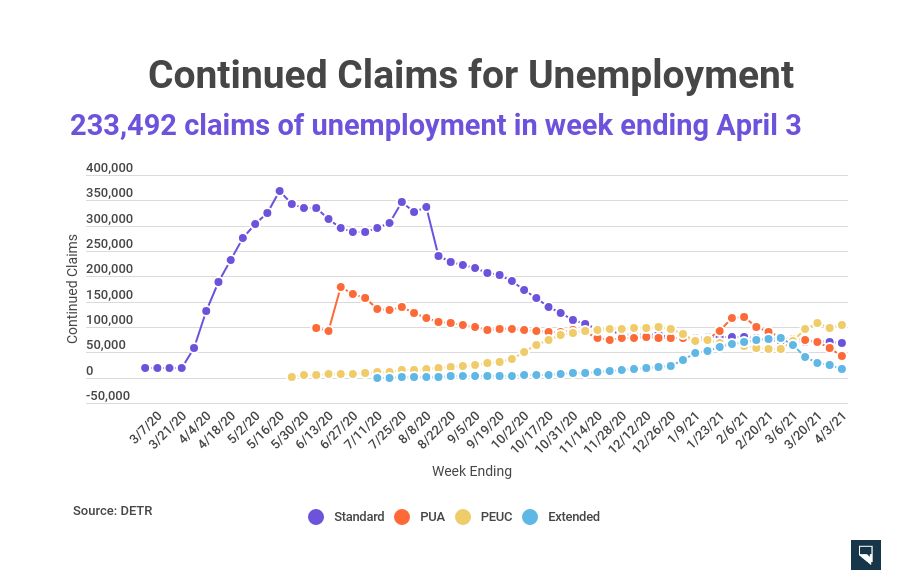Lawmakers approve unemployment benefits for school support staff; DETR says claims backlog has improved

Nevada lawmakers have approved emergency regulations that will allow school support staffers who typically work nine to 11 months a year to qualify for unemployment benefits this summer.
The Legislative Commission voted 7-5 on Wednesday to approve the regulations; Republicans opposed, citing the proposal’s cost to school districts. The provisions are meant to cover staff aside from teachers, administrators and substitute teachers, who generally expect not to work for the school district during the summer but are ineligible for unemployment under normal circumstances because there’s an expectation that they will return to the job in the fall.
“These families may still have lingering effects in finding work this summer because of the COVID-19 pandemic and have in many cases drained that savings and investments, as a result of the economic downturn last summer,” said Jeffrey Frischmann, acting administrator of the Employment Security Division.
Typically, districts would pay the entire cost of such benefits for employees, but federal COVID relief funds will pay for 75 percent of the costs.
Brad Keating, a lobbyist for the Clark County School District, said the district estimates the proposal could cover 8,500 support staff professionals. If the district were to cover them at a rate averaged between the highest and lowest typical payouts, and once the federal government kicked in 75 percent of the costs, the action is projected to cost the district $7.5 million.
Keating said that there are an additional 6,000 workers who fall into a gray area and could possibly be eligible because they are non-year round police officers, paraprofessionals and other temporary staff. DETR officials said they did not include specific job titles in the regulation to avoid missing potentially eligible groups, but the agency’s attorney Troy Jordan said the regulations were meant to be construed liberally.
Another variable is how many of the support staff will be called back to work for what is expected to be a sweeping summer school program geared at remediating students after lengthy periods of remote learning. Keating said it’s unknown how many students will choose to enroll in summer school and therefore how many support staffers and teachers will need to be brought on, but he said surveys showed that 60 percent of licensed personnel (such as teachers) were willing to work over the summer.
To qualify for unemployment benefits, support staff would need to meet other eligibility requirements, such as carrying out a job search, not making too much money from other jobs to qualify for benefits and not refusing “suitable work.” Generally, that means that the staffer could not reject an offer to return to the job and still collect benefits.
Republican Sen. Scott Hammond asked DETR officials how the agency would be able to handle a potential influx of new claimants considering DETR’s well-publicized backlogs and technical problems processing more than 2 million initial claims since the pandemic began. Frischmann said that claimants could be guided en masse.
“If we were to treat it as rapid response, which would mean we could potentially send some representatives out there and help do some hand holding, some coaching and provide help to large groups of individuals that we can have all in the room together,” he said. “We believe we would be able to help smooth that surge, and smooth the application process.”
He also said DETR is getting a better handle on its backlog. In the last quarter, 63 percent of claimants received a payment within 21 days of applying, and that figure jumped to 81 percent for the month of March, he said.
The backlog of claims to the Pandemic Unemployment Assistance (PUA) program for gig workers is about 2,000 applications, and the backlog for the regular program is about 47,000. Frischmann noted that the latter receives about 7,500 or 8,000 applications each week, so the 47,000-claim backlog includes fresh claims from the last three weeks.
“We've made great strides over the last six months, as far as returning to a more timely payment of new applications,” he said.
In the week ending April 3, there were 233,492 weekly claims filed in Nevada to four unemployment programs. That’s about half the rate from last summer, when the agency was receiving about a half-million continued claims a week.

